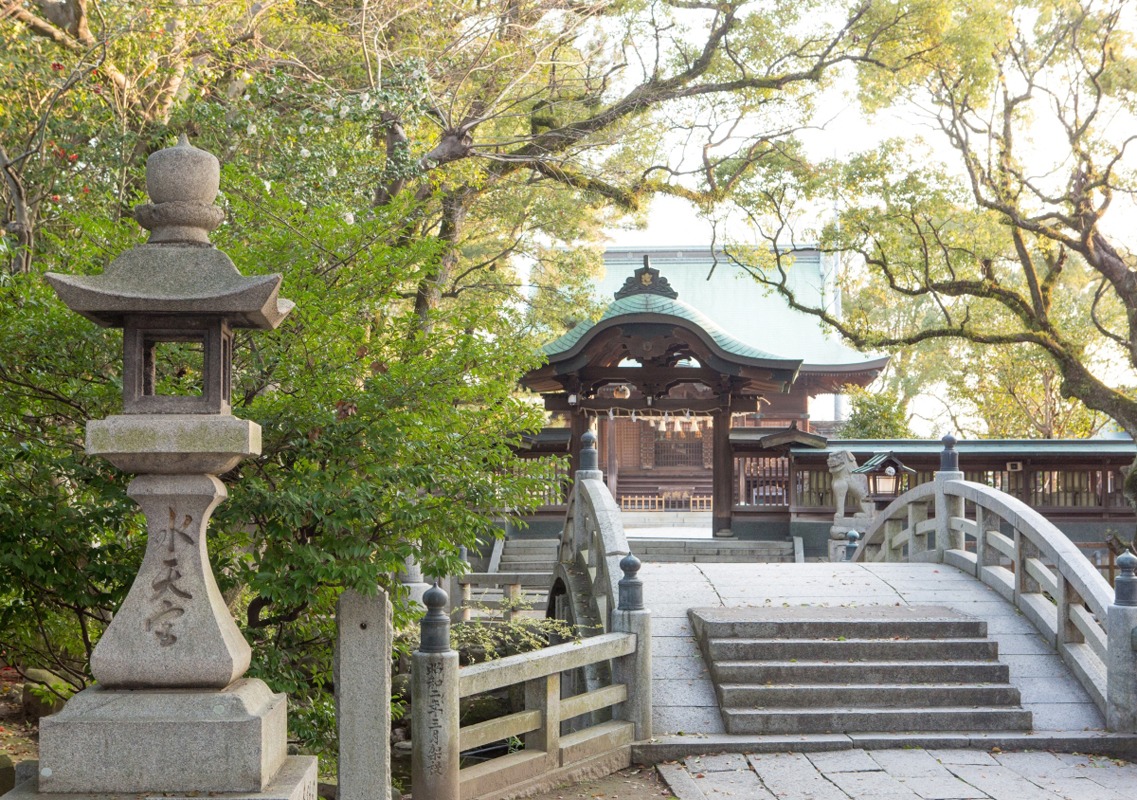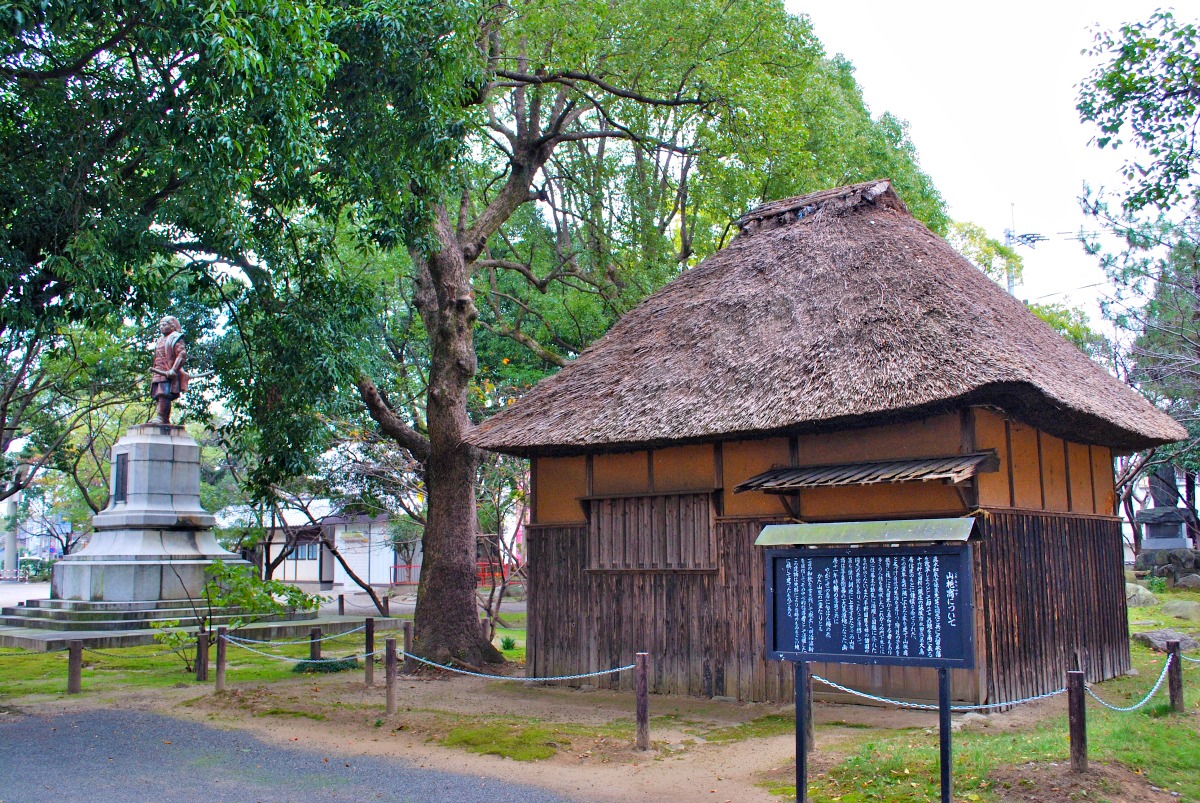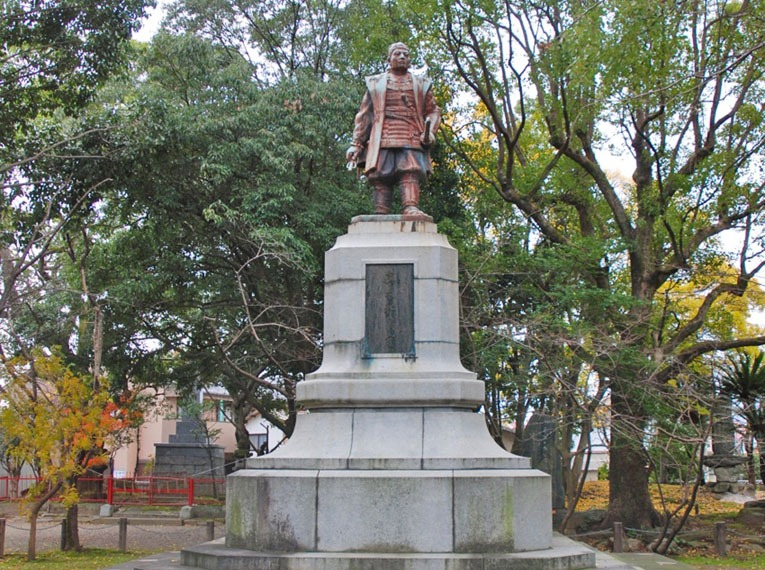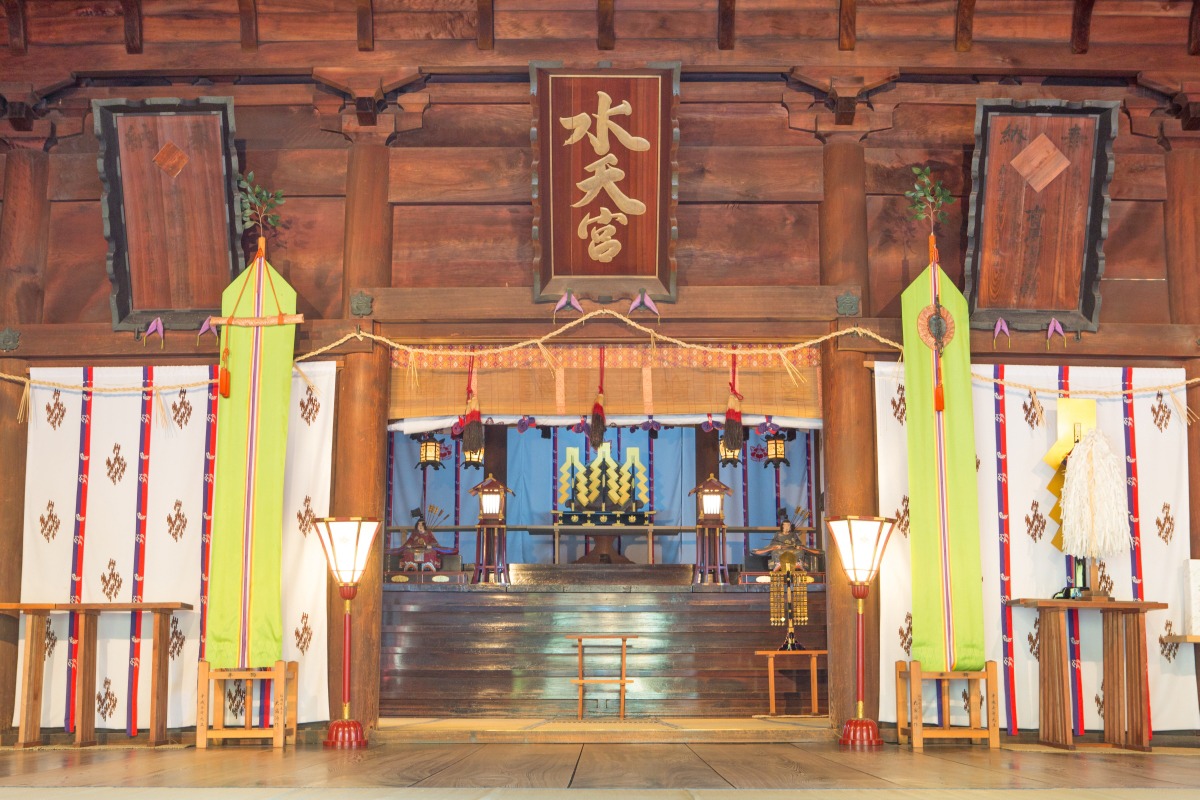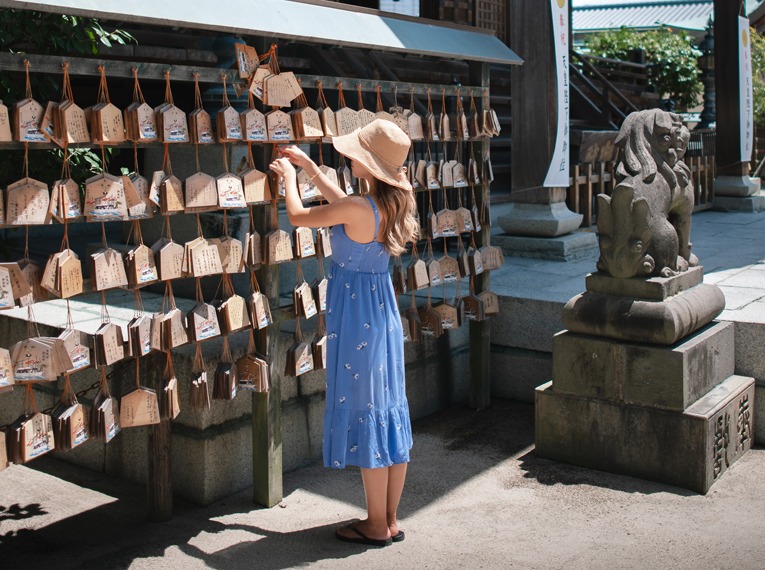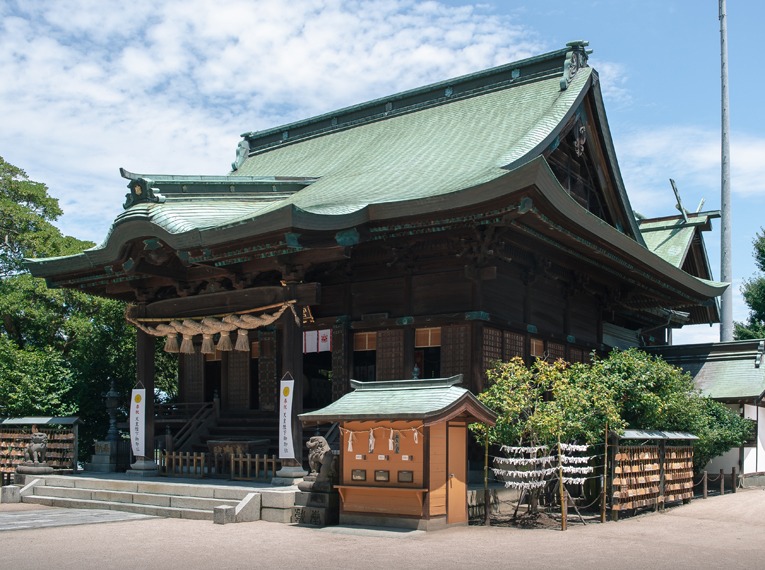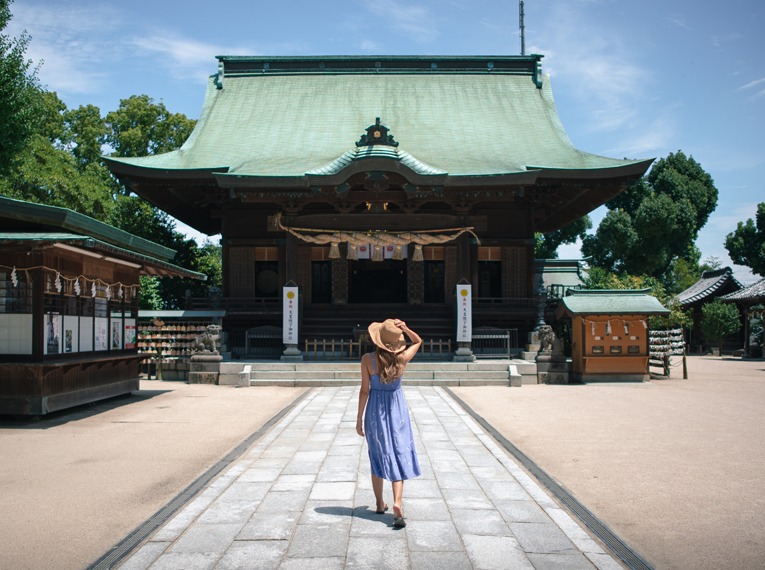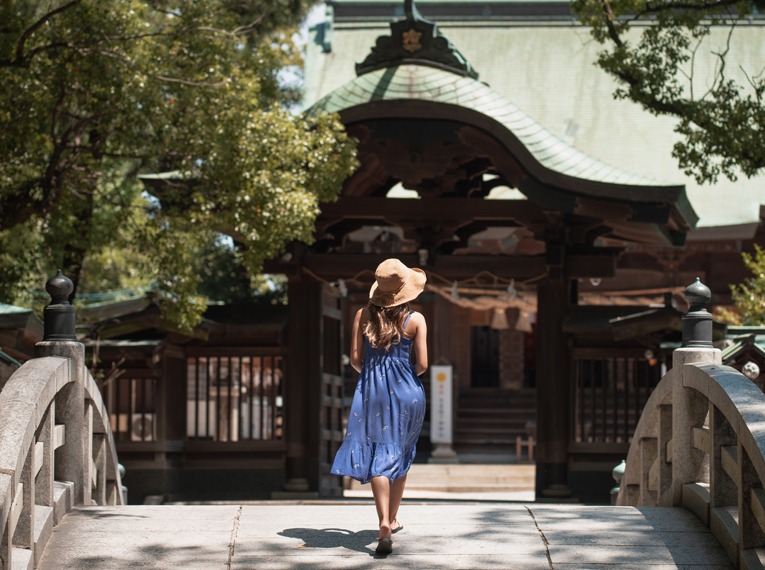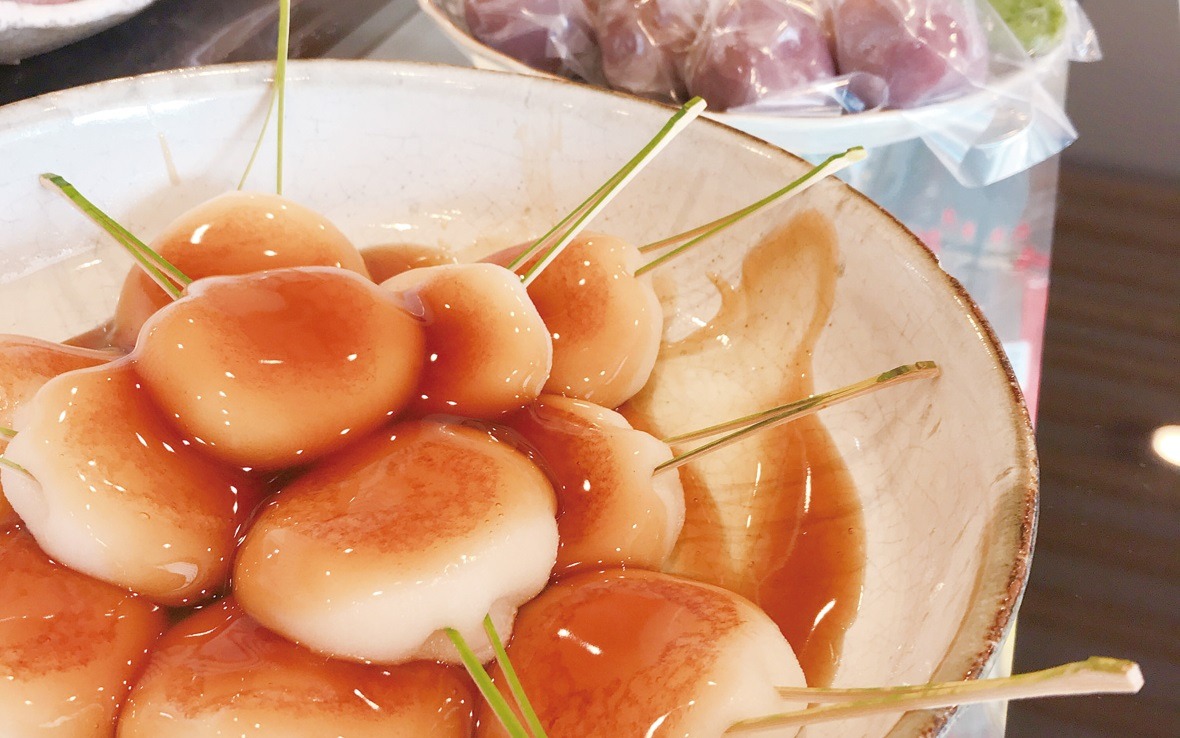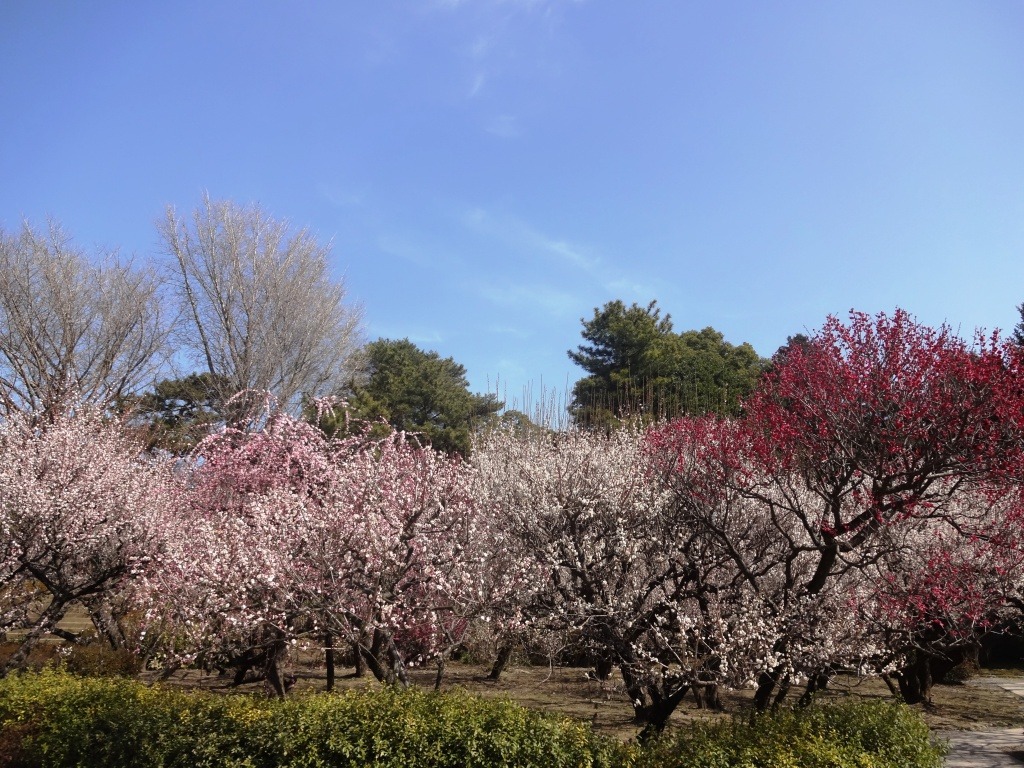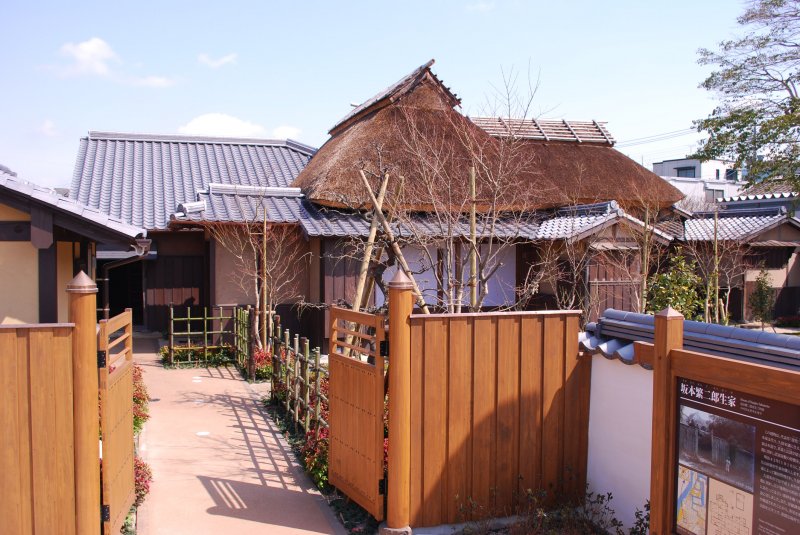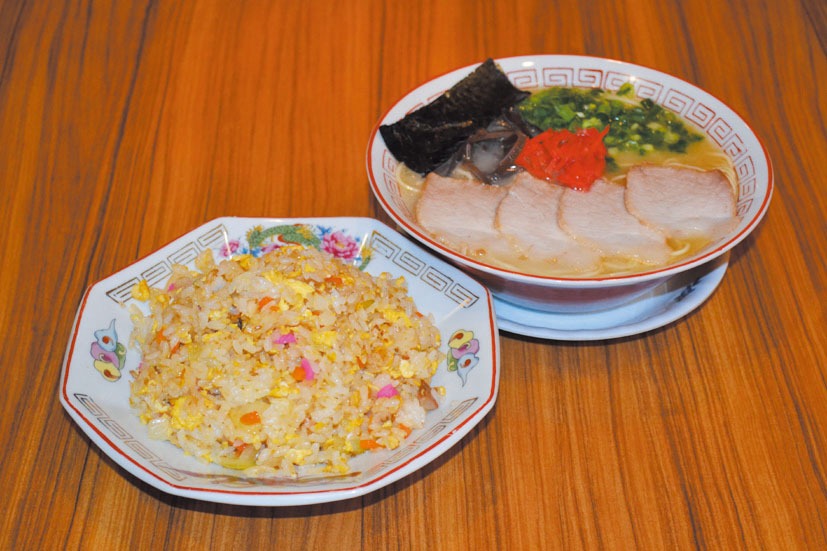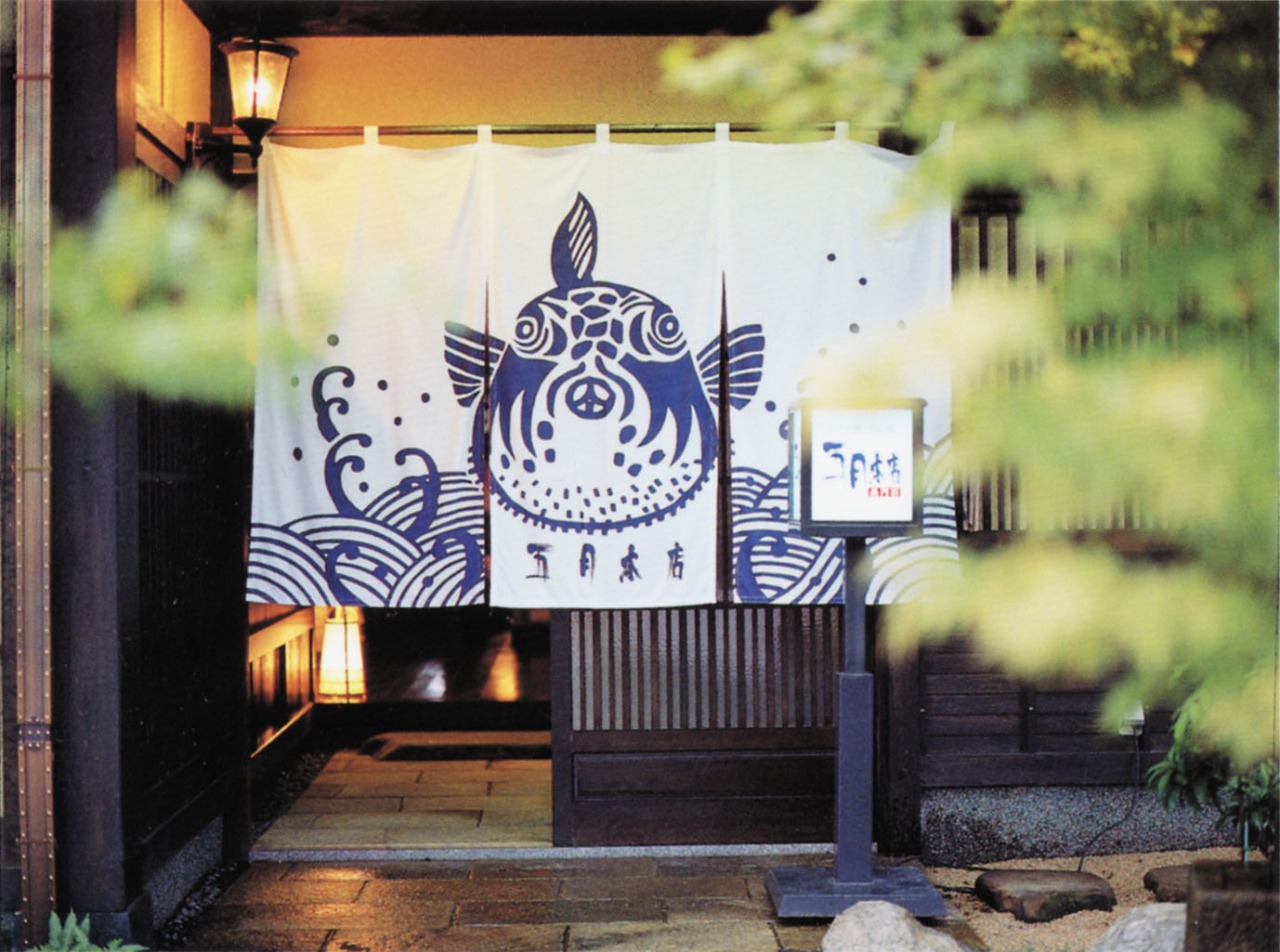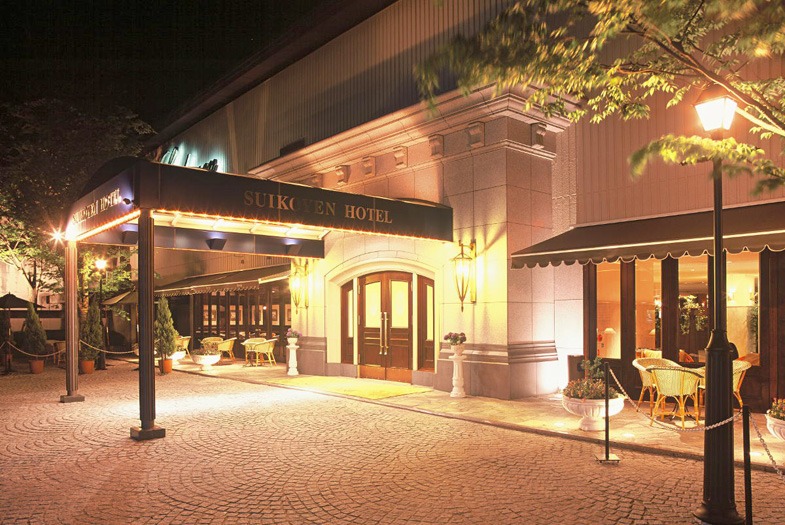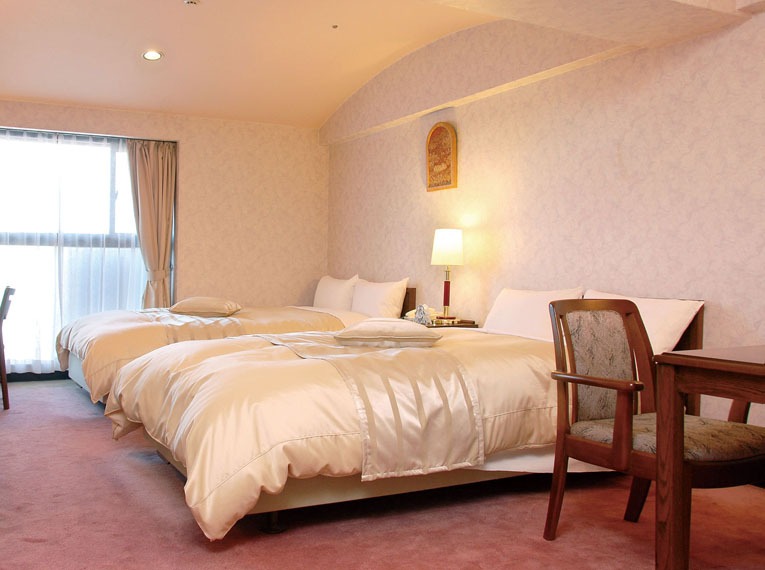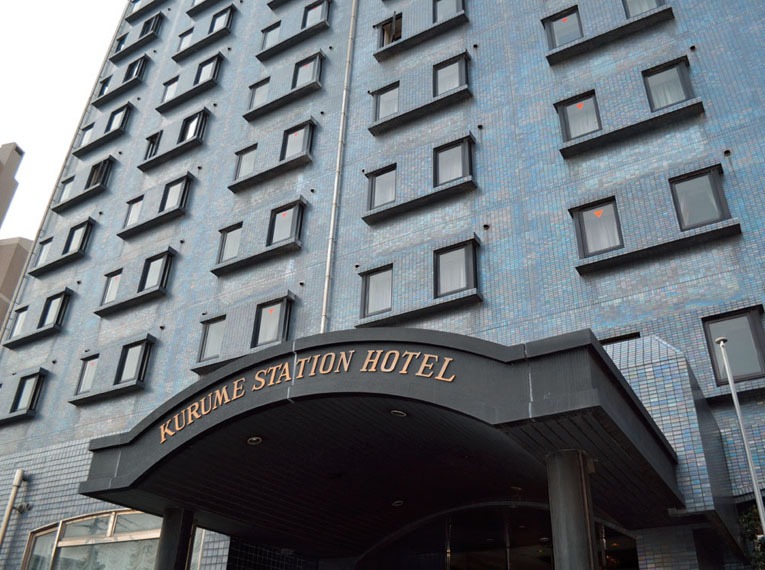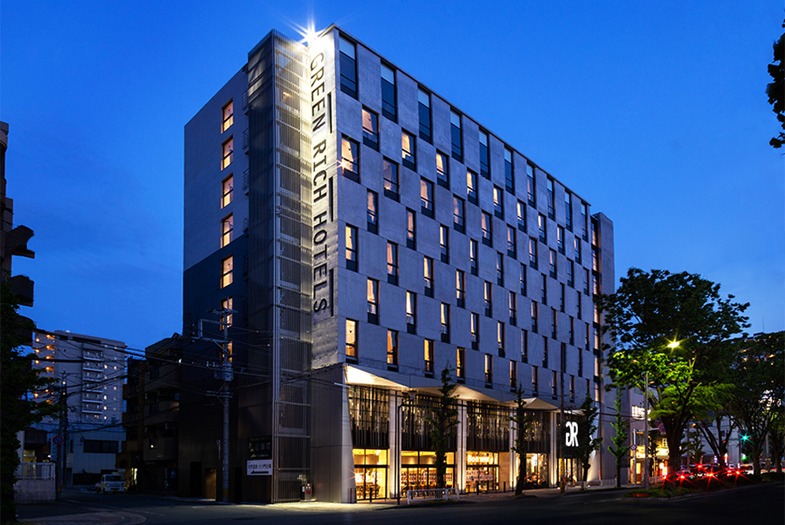- TOP
- Suitengu Shrine
Suitengu Shrine
- Address
- Senoshitamachi 265-1, Kurume-shi
- Inquiries
- Area
- JR/Nishitetsu Kurume Area (Central Area)
- Genre
- Flowers and trees / Shrines and temples
- Parking
- Parking: 1 disabled parking space
Free Bus Parking: 2 large buses (by reservation)
- Access
- By car: Take the Kurume IC off the Kyushu Expressway for 20 minutes.
By bus: Take a Nishitetsu bus to JR Kurume Station, and walk for 8 minutes.
By rail: Get off at Kurume Station on the Kagoshima Main Line, and walk for 8 minutes.
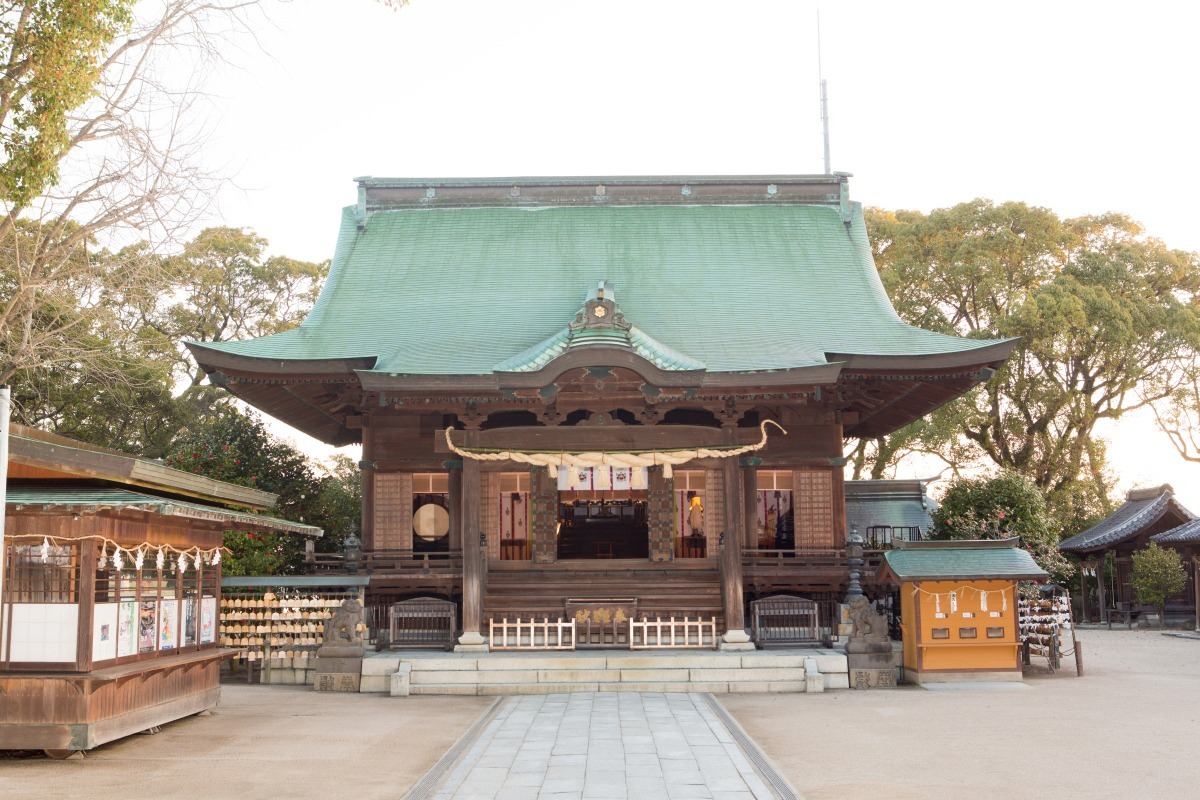
This shrine serves as the headquarters for all Suitengu Shrines in Japan. Legend has it that this shrine was constructed in 1190 by Azechi no Tsubone, a noble lady of Ise. After the Taira Clan lost the Battle of Dan-no-Ura in present-day Shimonoseki, she escaped to Saginogahara, a field in the area of the Chikugo River. This was the first location of a shrine venerating Emperor Antoku, enshrined as Suitengu, the god of water. Later, in 1650, during the reign of Tadayori Arima, the second lord of the Kurume Clan, it was moved to its present location overlooking the Chikugo River. As a shrine connected to water, it was said to protect marine transportation, and legend also relates it to the imaginary water sprites called Kappa. Attracting worshippers for both of these reasons, the shrine is now known for housing the Shinto deity of safe childbirth. What’s more, Yasuomi Maki, a samurai who made a name for himself as an imperial loyalist, was also a shrine priest at Suitengu. Within the shrine grounds are his bronze statue as well as a replica of Sanshika, his retirement retreat. From May 3rd to 7th, when the Suitengu Spring Festival is held, many shrine parishioners and worshippers come to pray for safe childbirth, protection of children, and prevention of water-related accidents. This annual event marks the beginning of summer. Suitengu, the deity enshrined here, is related to the love story of Emperor Antoku and Princess Tamae. The camellia flower, which is emblazoned on the sacred crest of Suitengu, is now represented here in the form of about 18 camellia bushes that surround the main shrine building. Peak Blooming Season: February through March Illumination Events: Not held Restrooms: Available
 Sightseeing spots nearby
Sightseeing spots nearby
 Spots for foodies nearby
Spots for foodies nearby
 Events nearby
Events nearby
-
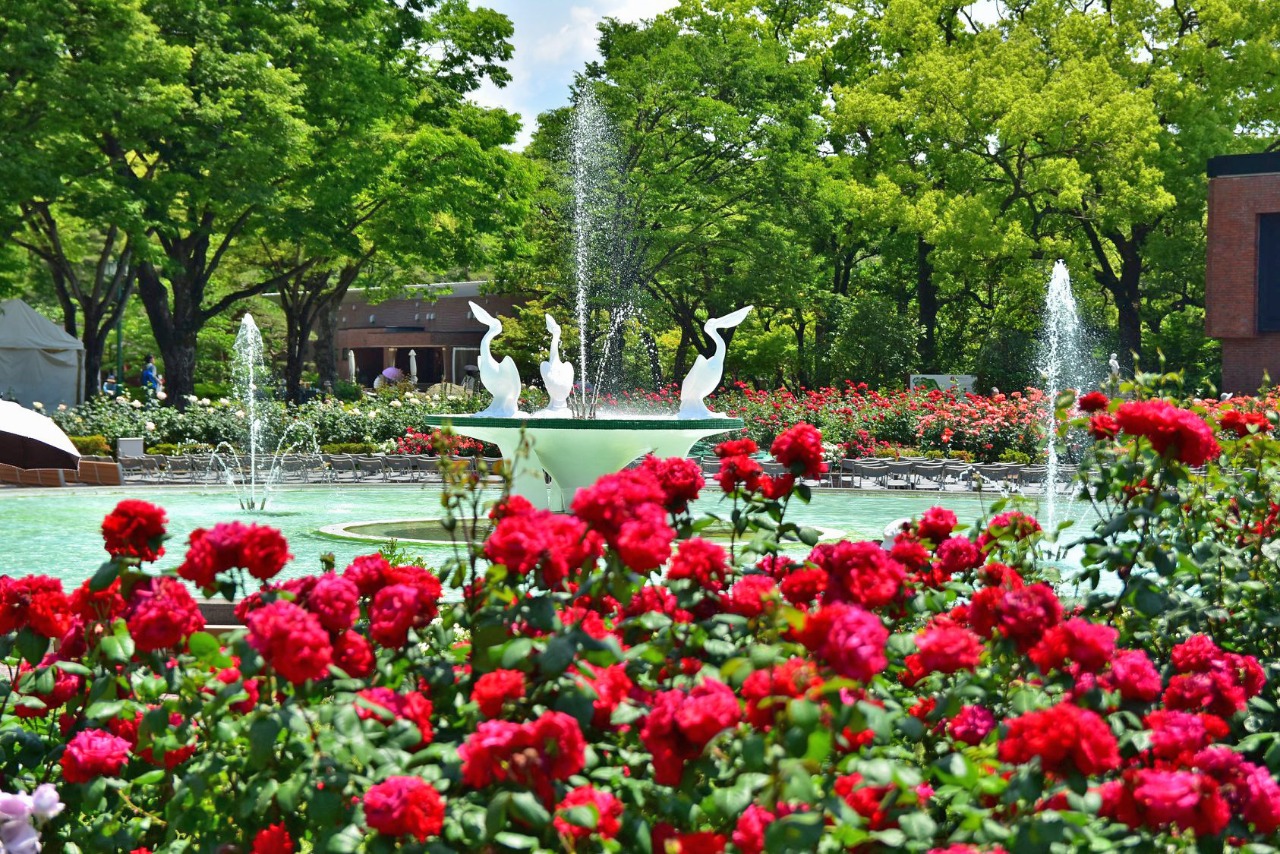 Ishibashi Culture Center Spring Rose Fair 2024 24.04.27 ~ 24.05.26
Ishibashi Culture Center Spring Rose Fair 2024 24.04.27 ~ 24.05.26 -
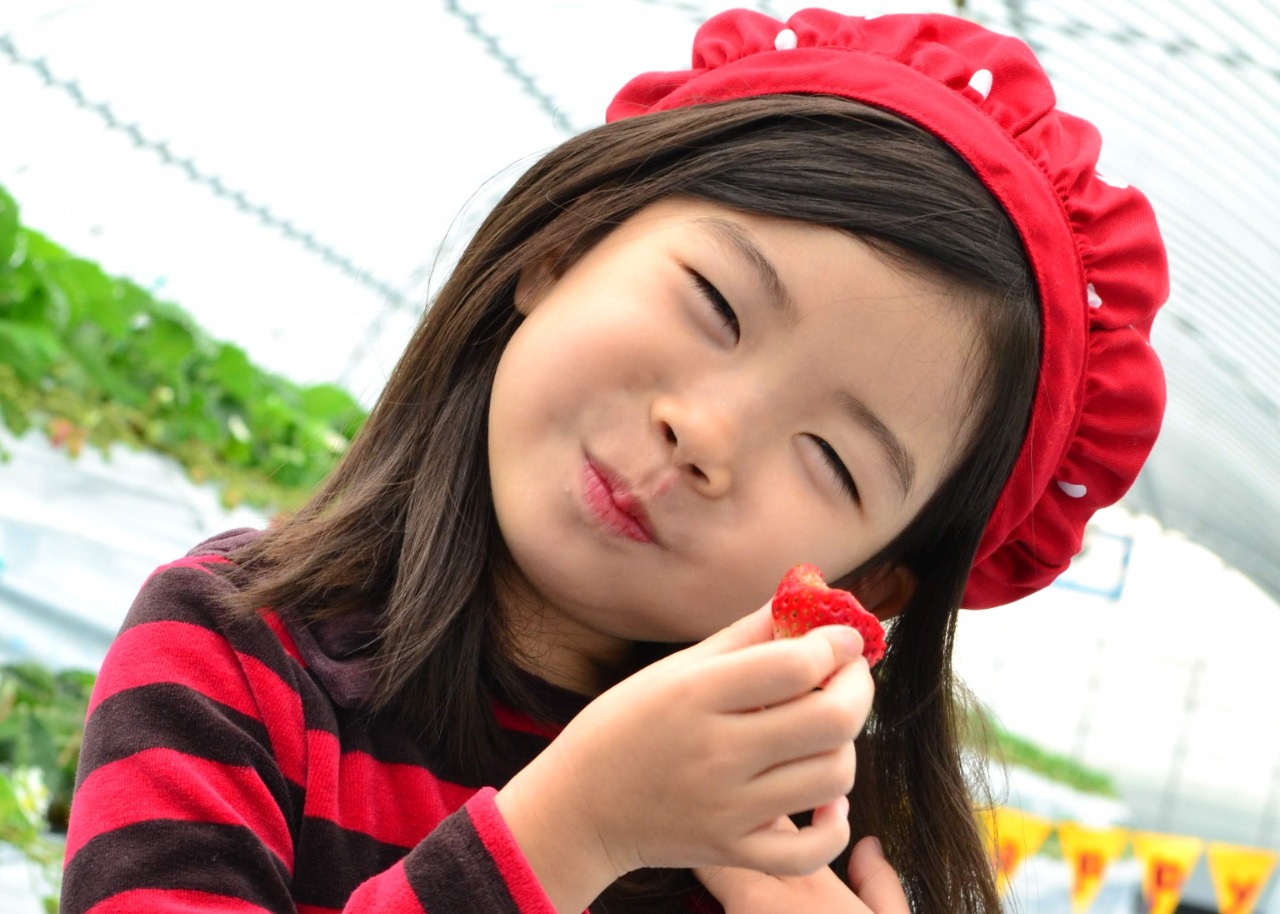 Strawberry Picking (Fruitelier) 24.04.01 ~ 24.06.09
Strawberry Picking (Fruitelier) 24.04.01 ~ 24.06.09 -
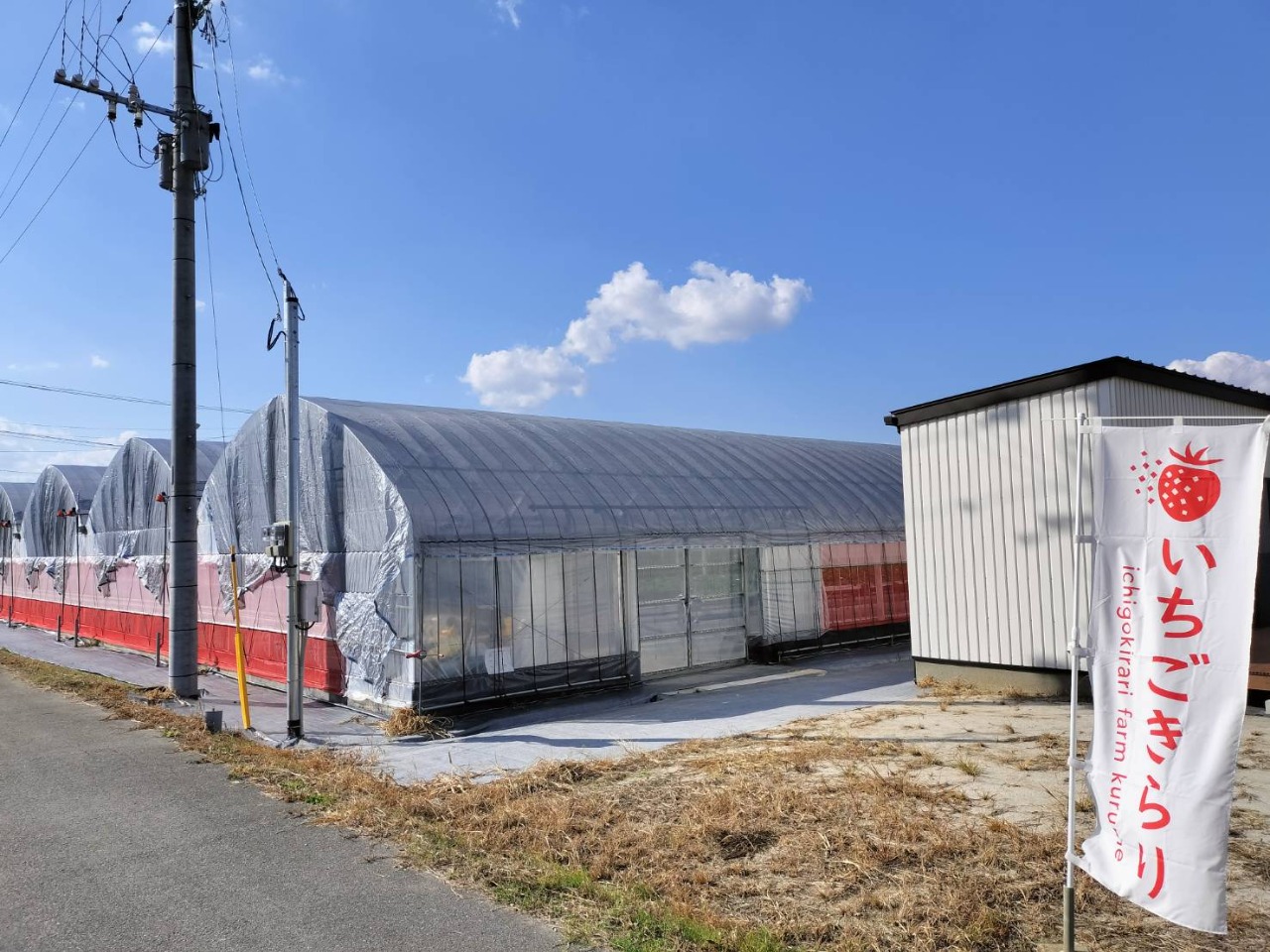 Strawberry Picking (Ichigokirari minou village) 23.12.16 ~ 24.05.20
Strawberry Picking (Ichigokirari minou village) 23.12.16 ~ 24.05.20 -
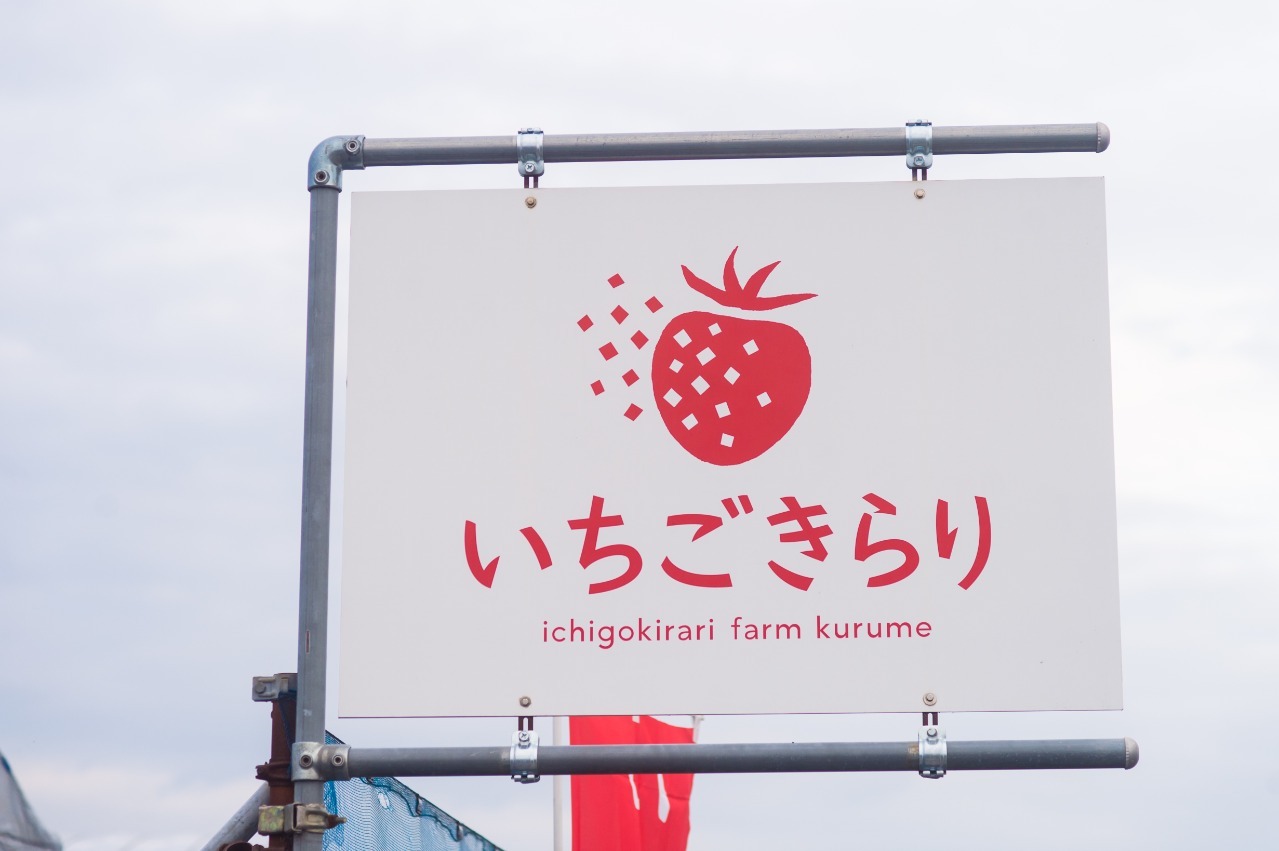 Strawberry Picking (Ichigokirari・Kitano-machi) 23.12.16 ~ 24.05.20
Strawberry Picking (Ichigokirari・Kitano-machi) 23.12.16 ~ 24.05.20

